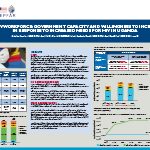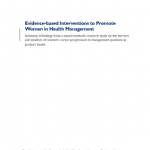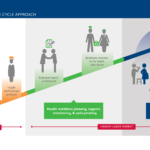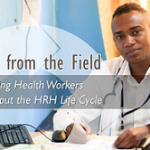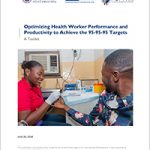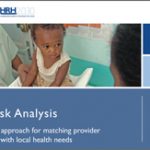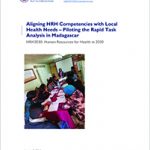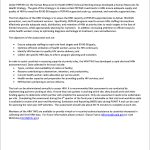24 Jul Poster: Investing in the HIV Workforce — Government Capacity and Willingness to Increase HRH Spending in Response to Increased Needs for HIV in Uganda
While Uganda is on track to meet 90-90-90 targets by 2020, the country faces several human resources for health (HRH) and financing constraints. HRH constraints include inadequate skills mix, maldistribution of health workers, high absenteeism, and a 36 percent vacancy rate in public facilities....






